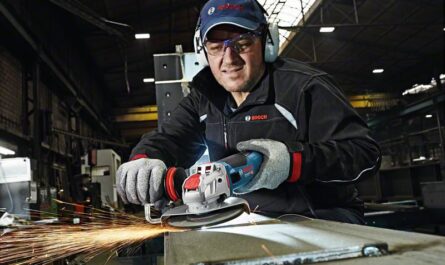Spider silk is considered one of the strongest natural fibers known. It is several times stronger than steel and tougher than Kevlar on an equal weight basis. However, harvesting spider silk from spiders on an industrial scale is not feasible, which is why scientists have been working on developing synthetic spider silk in the lab. After decades of research, synthetic spider silk is making progress and showing potential as a revolutionary strong and sustainable material.
What Makes Spider Silk so Special?
Spider silk is composed mainly of proteins called spidroins that give the fiber its remarkable properties. Different kinds of silk fibers produced by spiders have different compositions and properties suited for their functions such as web building, wrapping prey, floating through the air etc. Some key properties that make spider silk special include:
– Strength and Toughness: Major ampullate silk, which is used for the frame threads of the web, has a tensile strength higher than steel and tougher than Kevlar. It can stretch up to 30% of its length before breaking.
– Biodegradability: Spider silk is completely biodegradable and breaks down harmlessly in the natural environment.
– Lightweight: Despite its high strength, spider silk is very lightweight which makes it an ideal material for applications where weight is a concern like clothing, parachutes etc.
– Flexibility: Spider silk fibers are very flexible and can stretch up to 150% of their original length before breaking which makes the silk ideal for applications requiring flexibility.
– Processability: The composition of spider silk makes it easy to process and turn into fibers, yarns, and other materials without using harsh chemicals.
Challenges in Developing Synthetic Spider Silk
While spider silk’s properties make it highly desirable as a synthetic material, replicating its unique structure and properties at an industrial scale has been a major challenge for researchers. Some key challenges include:
– Identifying Spider Silk Proteins: It took many years of research to successfully identify all the proteins responsible for spider silk’s spectacular properties.
– Gene Sequencing: Sequencing the genes encoding the different spider silk proteins was another challenge that researchers were able to overcome.
– Expression of Spider Silk Proteins: Developing techniques to express spider silk proteins effectively and in quantity in host organisms like bacteria, yeast, plants or mammalian cell cultures is still an ongoing area of research.
– Spinning Fibers with Native Properties: Processing and spinning synthetic silk into fibers and materials with properties matching natural spider silk has proved to be difficult due to complex fiber formation process in spiders.
Current State of Synthetic Spider Silk Development
After decades of progress, researchers have been able to develop several generations of Synthetic Spider Silk with improving properties:
– First Generation “BioSteel” Fibers: Developed in the early 2000s by researchers at AMSilk GmbH, these fibers were produced in E. coli bacteria and exhibited high strength but low extensibility.
– Dragline Silk: In 2009, researchers from University of Wyoming produced fibers mimicking major ampullate or dragline silk using silkworms as biofactories. The fibers showed 80% of natural silk’s properties.
– Spiber’s Composite Silk: Japanese company Spiber developed coatings and composite materials using synthetic spider silk that adds functions like flame retardancy and conductivity.
– Bolt Threads’ SpiderFX Fiber: Produced using fermentation of genetically modified yeast, this fiber launched in 2021 claims strength and toughness properties matching major ampullate silk.
Potential Applications of Synthetic Spider Silk
With further refinement of production techniques and fiber properties, synthetic spider silk is poised to revolutionize multiple industries owing to its remarkable attributes:
– Defense and Safety Gear: Bulletproof vests, parachute lines, tactical gear that needs high strength and light weight.
– Sports Equipment: Fishing lines, tennis racquets, balls with balanced blend of strength and stretch.
– Medical Sutures: Absorbable, non-inflammatory sutures and surgical mesh that integrate smoothly with tissue.
– Textiles: Stretchable, breathable athleisure clothing and fabrics resistant to cuts, tears and abrasions.
– Automotive and Aerospace: Lightweight composites and parts replacing steel and carbon fiber in vehicles and aircraft.
After overcoming major technological hurdles, synthetic spider silk is getting closer to commercial viability. With governments funding further R&D and private players scaling up production, strong and sustainable synthetic spider silk fibers and materials are likely to penetrate many industries in the near future, revolutionizing applications that demand high strength and lightweight attributes. With further refinement, synthetic spider silk has the potential to replace many petroleum-based high performance materials.
*Note:
1. Source: Coherent Market Insights, Public sources, Desk research
2. We have leveraged AI tools to mine information and compile it




